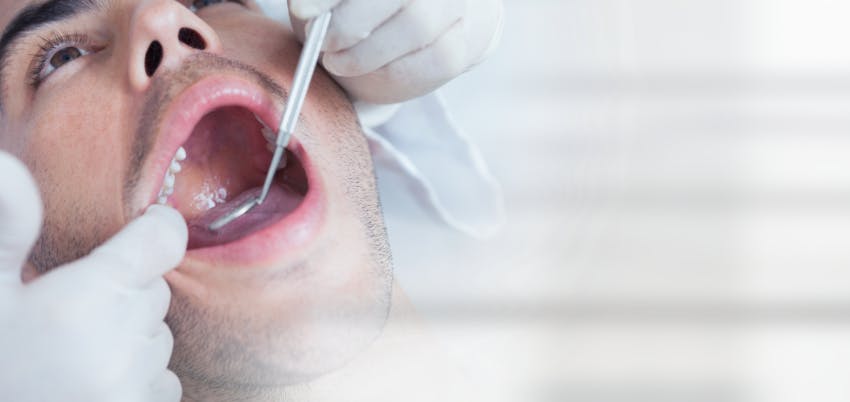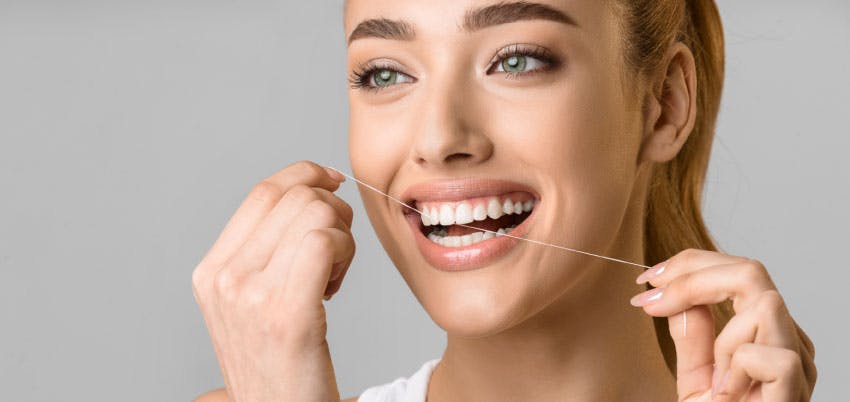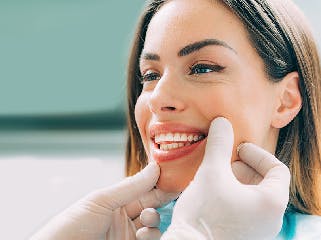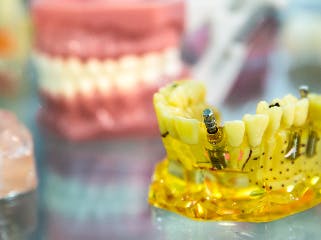
Orthodontics, what is it and how does it work?
by Wildsmile
Orthodontics is a specialty within dentistry that uses brackets or removable appliances to correct both the position of the maxillary and the dental arches.
The objetive of orthodontics is to correct misalignment of the teeth and deformation of the bones on which they are inserted, which results in a dysfunctional position that affects the bite. Once the correct position is achieved, results range from aesthetics that provide a perfect smile, to correct occlusion and an effective bite.
The way orthodontics works is by moving the teeth backwards or downwards until the teeth that are outside the line are positioned so that they fit parallel to the rest. This movement is accomplished by the force of the wire that presses on the teeth and is adjusted by the orthodontist at each session. In cases where there is no space towards which the teeth would have to move, the extraction of the premolars is carried out to generate it.
The seven phases of orthodontic treatment
- Study: this stage is called passive, since it consists of the evaluation prior to the placement of orthodontics. X-rays and extra and intraoral photographs are taken, as well as an impression of the patient's mouth so that the orthodontist can make an impression.
- Alignment: this is where the active phase begins. This is where the crowding, cross-biting and vertical defects are resolved. The force used is minimal.
- Correction: Elastics are incorporated if necessary to correct the occlusion. The teeth begin to take the correct position.
- Closing of spaces: when the teeth are aligned, the spaces between them begin to close, so that the smile acquires a homogeneous aspect.
- Finishing: all the teeth are now in their final position and both the appearance and the functionality of the teeth complete their journey. Small adjustments are made to finish the denture.
- Removal: when the objective is finally achieved, the appliance is removed.
- Retention: Removing the appliances is not the end of the process. The body has memory and so do the teeth, so they will try to return to the original position. To avoid this, retainers are placed. These can be fixed or removable and are the only guarantee that the treatment will reach and maintain its full scope.
How long does an orthodontic treatment last?
As with any treatment in which biology is part of the process, times may vary. However, in general, treatment can last an average of one and a half years. Some of them do not even exceed twelve months, but to do so, they must be very simple and the patient must also help by following all the hygiene indications recommended by the professional, as this will prevent the problems derived from the use of orthodontics.
In the past they used to last much longer, but the incorporation of technology has considerably reduced treatment.
Want to learn more about this?
Contact us
Your contact request is registered. We will contact you as soon as possible.
Lorem ipsum dolor sit amet, consectetur adipisicing elit. Adipisci alias aliquid amet commodi dolor, dolore doloremque dolores fugit quod repellat.
 ESP
ESP
 ENG
ENG






